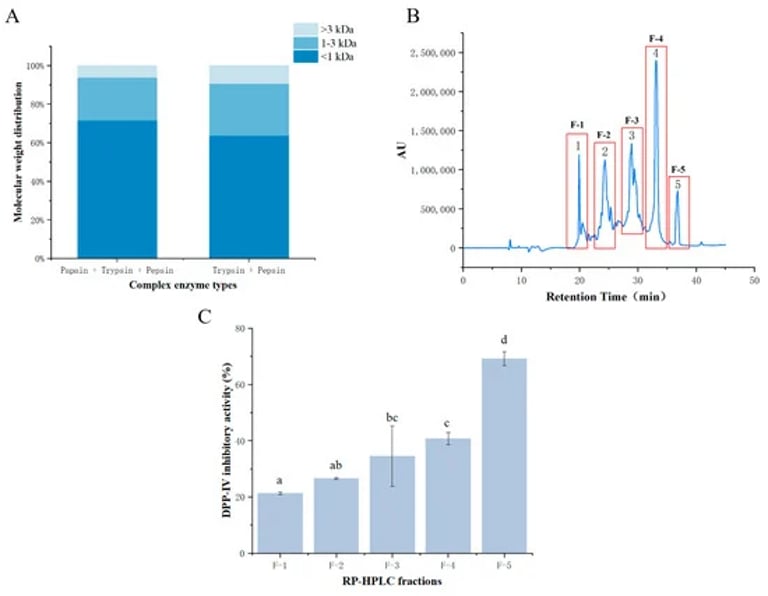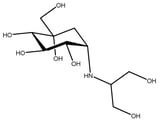Bighead Carp Skin Peptides: A Promising Natural Solution for Type 2 Diabetes Management
August 26, 2024
Diabetes, particularly type 2 diabetes, is a growing global health concern, affecting approximately 537 million adults, with projections suggesting this number could reach 700 million by 2045.
This metabolic disorder is characterized by chronic hyperglycemia due to issues with insulin secretion or action, potentially leading to severe complications.
Management of postprandial hyperglycemia through the inhibition of α-amylase is considered an effective treatment approach.
α-Amylase, found in saliva and pancreatic juice, is essential for starch digestion and serves as a target for diabetes treatment.
Recent research synthesized novel short α-/β-mixed peptides that demonstrated in vitro α-amylase inhibitory activity for the first time.
The study emphasizes the importance of amino acid composition in enhancing α-amylase inhibitory potential, particularly highlighting L-Leucine and L-Serine.
Among the synthesized peptides, N(Boc)-O(Bz)-α-Ser-β-Leu–OCH3 exhibited the highest inhibition rate of approximately 27% compared to others.
Additionally, the investigation into DPP-IV inhibitory peptides derived from bighead carp skin highlights the potential of natural sources for diabetes management.
Collagen from bighead carp skin was hydrolyzed into peptides, revealing four peptides with varying effectiveness against DPP-IV.
Current DPP-IV inhibitors, such as sitagliptin and linagliptin, are chemically synthesized and often have undesirable side effects, prompting research into natural alternatives.
Dipeptidyl peptidase IV (DPP-IV) inhibitors are effective in treating type 2 diabetes by lowering blood glucose levels, but synthetic forms can cause gastrointestinal side effects.
The study also explored bioactive peptides released from goat milk protein after in vitro gastrointestinal digestion, providing insights into their potential health benefits.
Summary based on 4 sources

